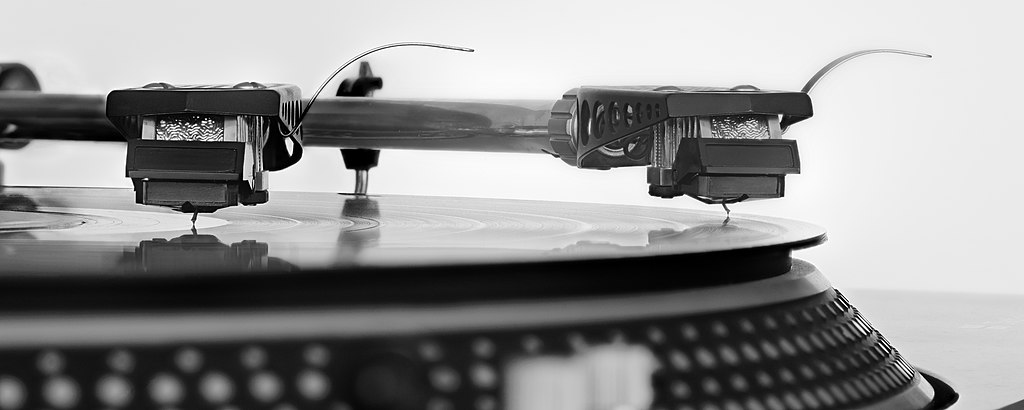Before the 1970s — before the invention of tapes, compact discs and MP3 players — people listened to recorded music on record players. There was no fast forward, rewind or shuffle. Instead, you chose an album and enjoyed about 25 minutes of music by one artist before flipping it over for more or putting another record on the turntable. (Read more)
To learn how record players work, click here.
The turntable is the circular plate on which the record sits. A rod positioned in the center holds the record (which has a hole in its center) in place. The metal turntable is covered in rubber or plastic, which protects the record from being scratched. The turntable rotates or spins with the help of either a belt drive or direct drive system.

The stylus, or needle, is the smallest and perhaps the most important component of the record player. It is made from a diamond or other hard material, shaped like a cone and suspended by a flexible strip of metal. The pointed end is the only piece that touches the top of the record and it rides around the spiraling grooves of the disk, picking up the vibrations which are ultimately turned back into sound.

The stylus sits at one end of the tone arm, which is mounted to the side of the turntable and sits parallel to the record. With the needle or stylus placed in the outermost groove of the record, the tone arm follows the groove as it spirals inward, traveling across the record in an arc as the record spins beneath it. As this happens, the vibrations travel along a flexible metal strip and wires housed in the tone arm to the cartridge in the end of the tone arm. The cartridge receives the vibrations, which are converted to electrical signals through a coil in a magnetic field. The electric signals are carried along wires to the amplifier which enhances the power of the signal. Finally, the signals are converted back to sounds that come out through the speakers. (Read more)
The cartridge has a tricky job because it has to turn a mechanical movement into an electrical signal, it does the opposite of a loudspeaker which turns a signal into vibrations in the air. Both are types of transducer (a device that converts a signal in one form of energy to a signal in another). (Read more)
Items on display in the Archives:
Record player
Gramophone records
Vinyl records

